How does the length of recovery from starvation and the length of starvation affect female fertility and male activity levels?  You may be wondering why this matters… Well, with the rise of social media portraying what the “ideal” body is and more pressure to fit in and feel accepted, there has been an upsurge in eating disorders. A significant portion of them are restrictive, meaning that sufferers actively seek to reduce their calorie intake and/or eliminate entire food groups. This mental illness happens more often among adolescents. In fact, more than half of female teenagers and nearly a third of male teenagers have engaged in unhealthy weight control behaviors such as fasting and skipping meals. It’s clear that this is an issue that needs to be addressed.  Many long-term effects of eating disorders, such as osteoporosis and amenorrhea, have been well documented. However, there is conflicting information about whether or not women with a history of eating disorders are at a higher risk for infertility. Some studies have found that fertility rates among women with anorexia nervosa do not differ from that of the general population, while others have found that many women seeking treatment at infertility clinics have a history of eating disorders. No study has investigated how long recovery must be in order for fertility to return to normal, despite the fact that the mean age for the onset of anorexia nervosa is 18 years old, the duration of anorexia nervosa is on average 8 years, and the average age for American women to have children is 28 years old. With only a short time for recovery, it is important to know the length of recovery needed in order for fertility to return to normal, if it ever will.
0 Comments
Your comment will be posted after it is approved.
Leave a Reply. |
Archives
April 2024
Categories
All
|
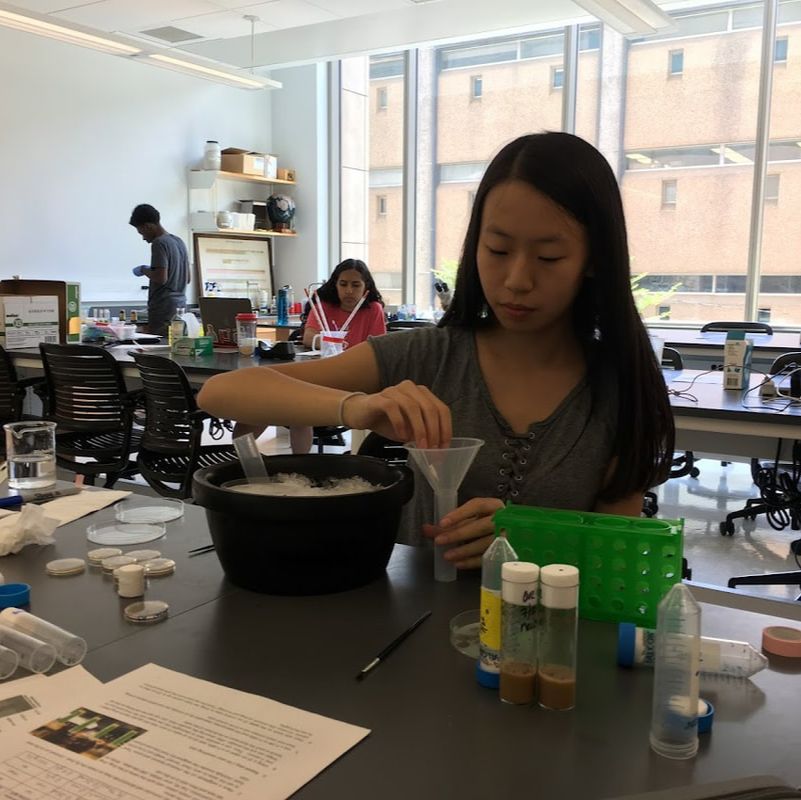
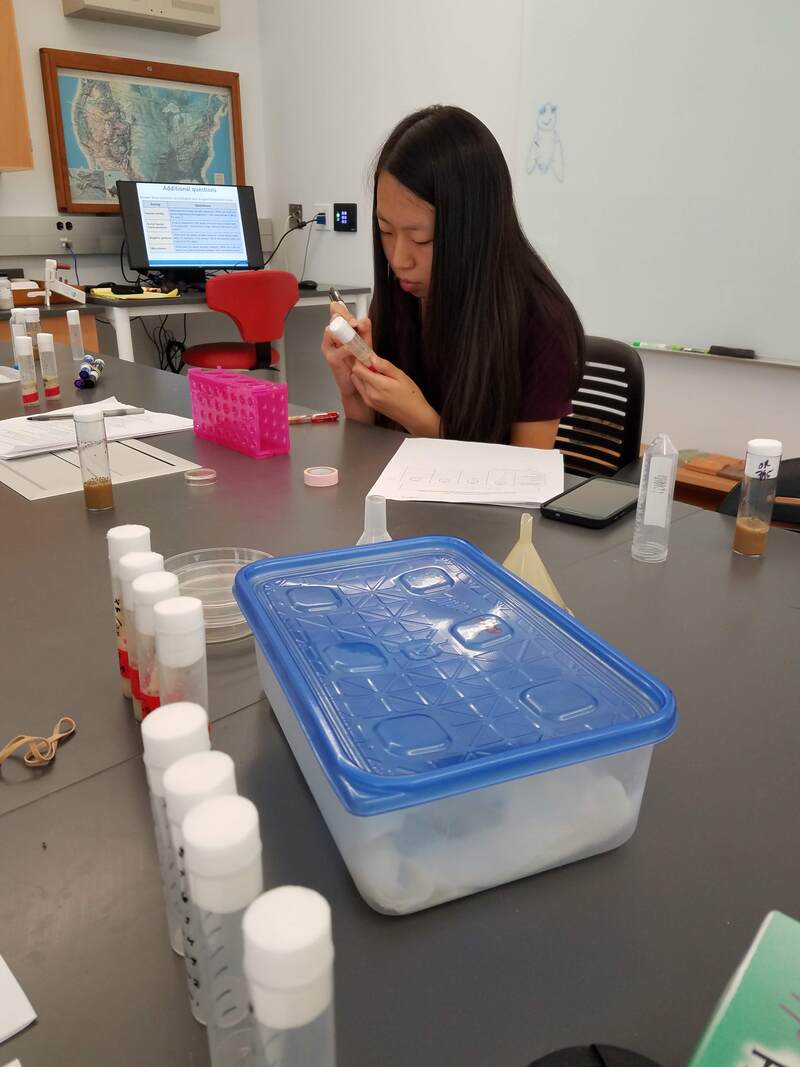
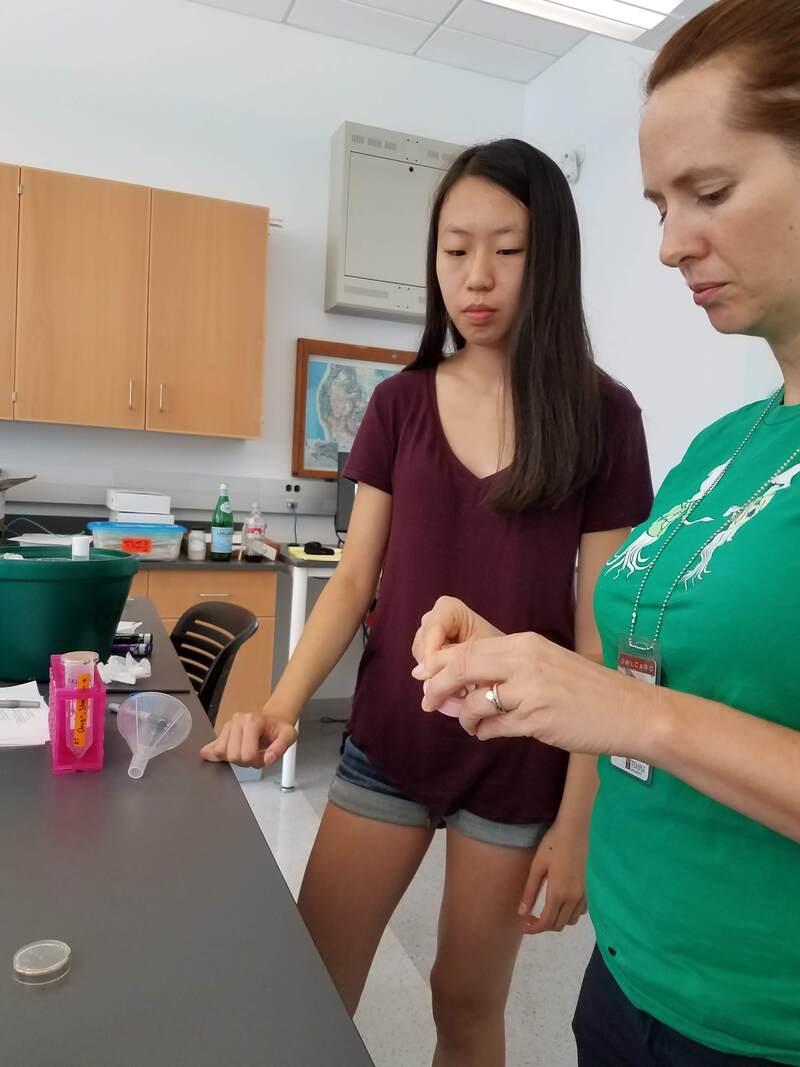

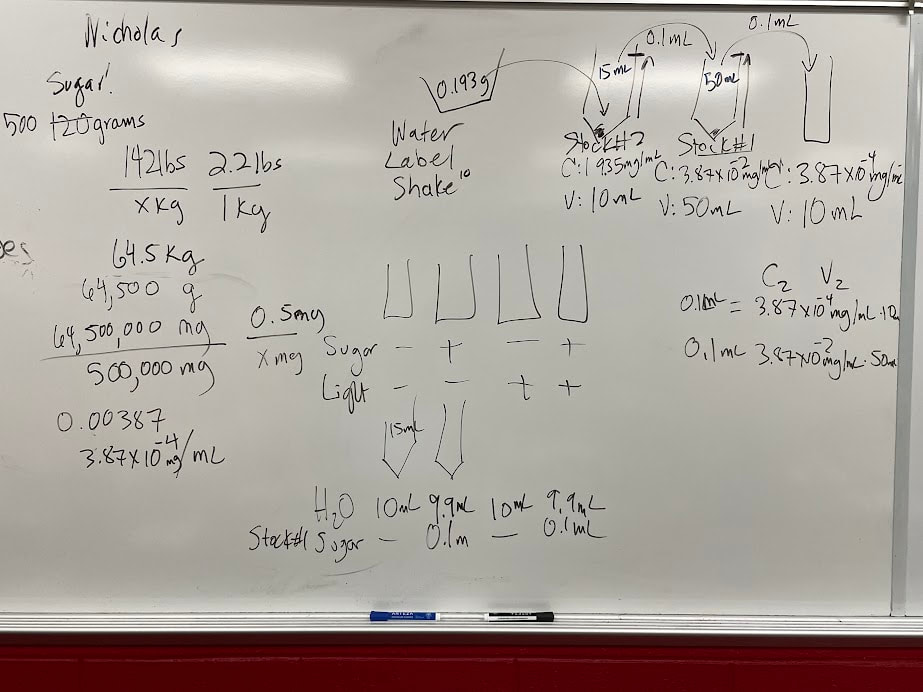

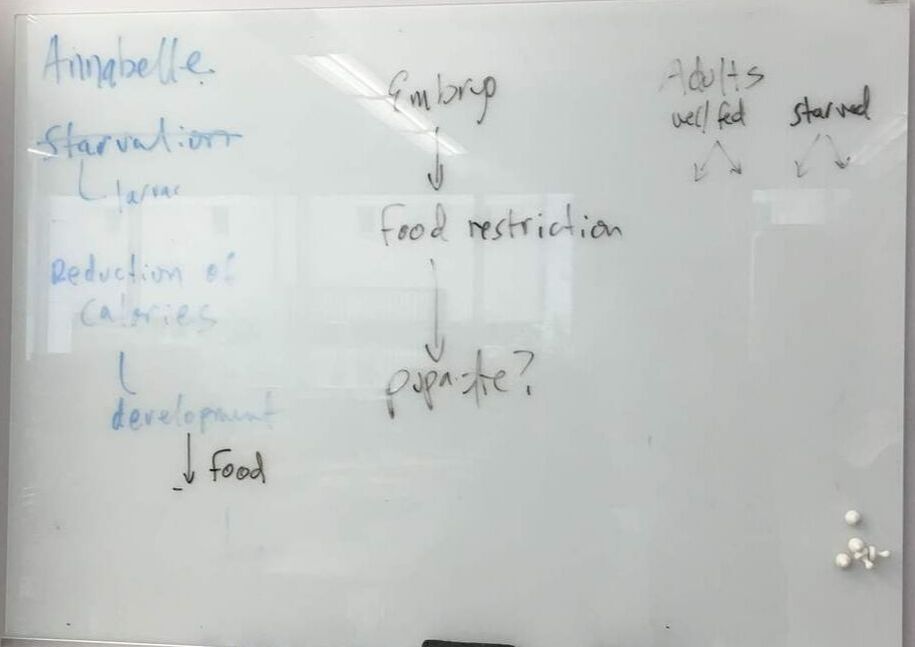
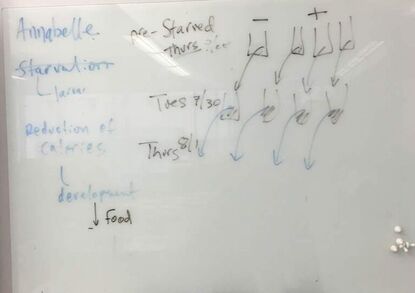
 RSS Feed
RSS Feed